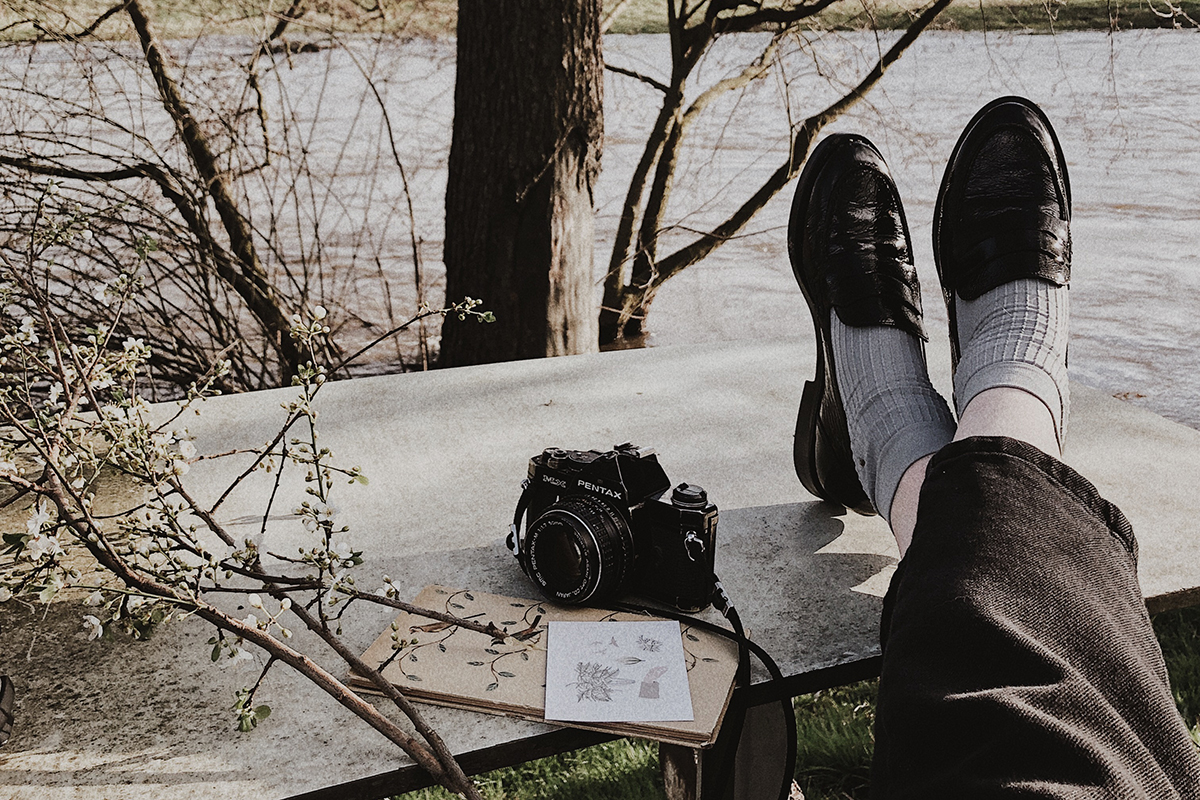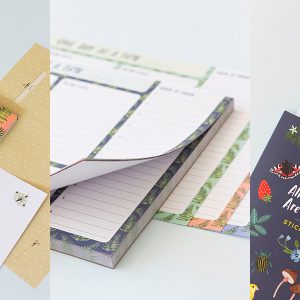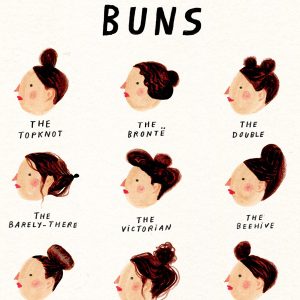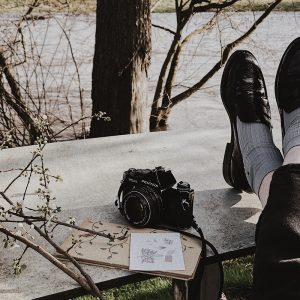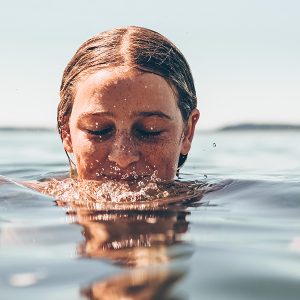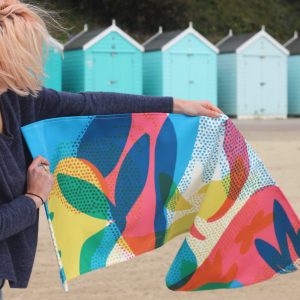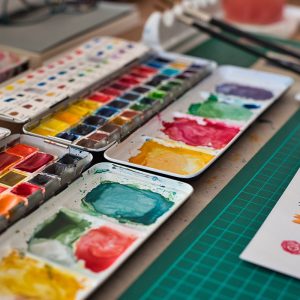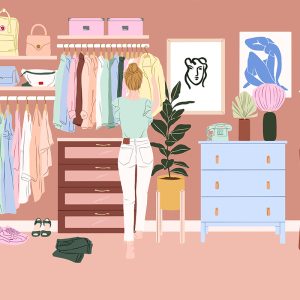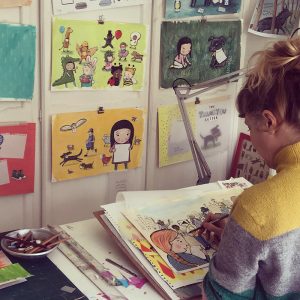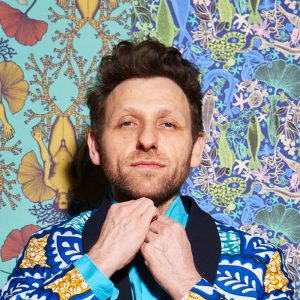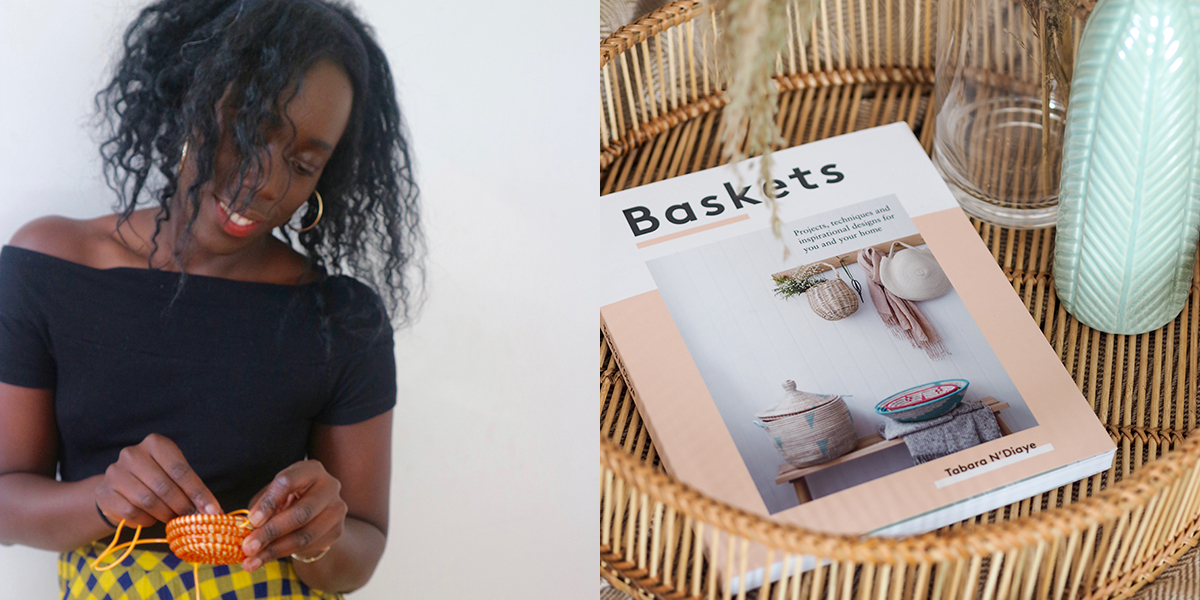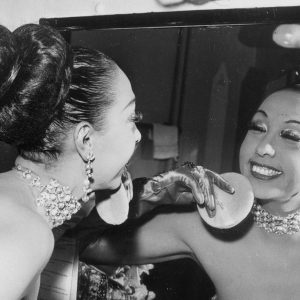You believe that an ongoing battle is being waged for our attention online. Can you explain?
Yes. In today’s world our attention has become a kind of currency. The person who gets the most likes for their personal brand becomes an influencer and can earn a lot of money with that. Companies that we pay the most attention to online make the most profit. Our attention is being traded, because our online profiles are worth a lot of money.
That’s why I say we’re living in an ‘attention economy’, in which attention is as shallow as a puddle and continually being drawn to something else—we are constantly distracted. It’s becoming less and less common to lose ourselves in a different kind of longer, deeper attention, the kind where we are not very focused on something in particular but musing or philosophizing or even daydreaming a bit without any purpose. That’s something that I think is very important, but in our society is seen as doing nothing.
In your book How To Do Nothing, you write that there is nothing as difficult, these days, as doing nothing. Why is that?
We live in a world where your value is determined by your productivity. So we have to spend our time being productive. An activity that is not purposeful feels like it has no value. When an artist begins on a new project, it often starts out looking as if nothing is happening, but this stage is crucial in order for something new to be created.
Maintaining or caring for things is also not considered productive or of added value to yourself. We’re continually trying to achieve more and to optimize our life, which we almost view as a product in itself. Social media play an important role in corroborating that image. Online, you have to behave like a brand, to attract attention and to show how perfect and worthwhile your life is.
In the book, you argue it’s important to claim back our attention. How did you reach this insight?
This book emerged in the period following the 2016 US elections. At the time, I felt that I was living in a state of constant overstimulation, anxiety and concern in reaction to the election result. I felt very strongly that I didn’t want to live like that, that I didn’t want to be constantly occupied with what was happening online. I wanted to regain control over, and management of, my attention.
I also felt very strongly that platforms such as Facebook and Instagram were disconnecting me from where I was physically, from the people near me and my immediate surroundings. My attention had been hijacked by all the clickable temptations online, and I wanted to reconnect with my life and my experiences. If you spend a lot of time online, it’s very easy to forget that you’re alive, because the Internet takes away your sense of place and time. So we need to claim it back.
How can we do that?
Because of the many techniques and tricks being deployed by online media, it seems as if we have no more control over where our attention goes. But even online, you can be in charge of focusing your attention. To give one example: On Instagram, I am constantly bombarded with advertisements. I can take them in—they are designed for exactly that purpose—and let them seduce me.
Or I can look at them more critically, more out of curiosity, as if I were looking at an ad in a science fiction movie. Then you tend to look more with a sense of puzzlement, and you wonder, for example, who the advertiser is trying to reach, and why it targeted you so precisely. As an artist, I have always done that too looked at something that is a very everyday object and then changed the perspective a bit.
So the way to reclaim our attention is to focus it on where we are?
You can indeed disengage from the attention economy by focusing on your immediate physical environment. Explore and experience your own neighborhood, walk around it and see what crosses your path. I live in Oakland, California, for example, near a large cemetery where many people go for walks. It has a lot of different footpaths and there is no one logical way to get anywhere.
So when you go on a walk there, you choose the path you want to take intuitively, not because it’s the best way to get anywhere. That kind of attention, where you are driven from the inside out instead of being pushed along by something outside of yourself, by fear or concern or because you want to run away from something or somewhere, has a totally different quality.
Looking at things with attention is also very much a part of your work as an artist isn’t it?
Indeed. As I said before, I try to take a fresh look at things that are already there. For example, The Bureau of Suspended Objects is an archive of all kinds of objects that were discarded by people. When the objects were put on display in an exhibition, visitors got to see them differently. And I love birds; they also give me a different perspective on my environment and on myself—almost as if I were looking through their eyes.
Take the Northern parula warbler, for example. Usually I think: My neighborhood is just my neighborhood. But when I see these songbirds that have migrated all the way from Alaska arrive here, I experience the connection between the place where I am and all those other places that I never see and that I don’t know anything about. And when the crows fly over here from the other side of the hill, I look at my hill differently once again: a bit like the birds see it. Looking at my surroundings from a different perspective allows me to make it more my own and I feel even more at home here.
Why is that important?
Feeling comfortable where you are provides a counterbalance to the fleeting online world in which it feels like you should always be doing something. It’s how you feel when you are in a place that you know and recognize, and that you feel connected to and responsible for. I have always worked from home and taken walks during my breaks, but in recent months my walks have traversed a much smaller area than usual.
This has given me a better understanding of my immediate surroundings, also because I started reading a local geology blog about the various mountains and hills in this area. I always try to understand my environment so that I can move through it consciously, instead of just running across it. This also includes understanding why things are the way they are. Knowing the history of that place, or knowing which trees, plants and animals live there. It counterbalances the sense of isolation you can have if you don’t experience that connection. To feel like you are in an environment that could be any environment seems very lonely to me.
What tips do you have for breaking free from the attention economy?
Pay attention to what’s right in front of you—because those are the things you often overlook. When I go birdwatching, I bring binoculars to try to spot a certain species of tiny bird that is rare in this area. It has happened to me several times that it was there, right in front of me, but I didn’t see it because I was only peering through my binoculars. And then it took fright and flew away.
That’s an apt metaphor for what I write about in my book: Everything we want is already here. The point is to pay attention to it. Not the superficial kind of attention you have online, but real attention that allows you to see things around you differently. ‘New’ is just a different perspective on what was already there.
Text Sjoukje van de Kolk Photography Tina Sosna


